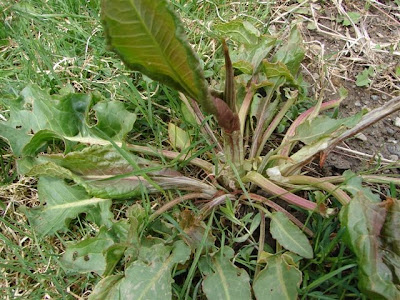
I live on the worst, most ill-maintained public road in the State of Maine.
Sure, we all hear of people who have gripes about roads. But this beats all. The last gravel hauled in here was about 15 years ago, and that was only in a few spots. The road gets graded twice each year, but these are ineffective, since the man running the grader goes so fast that a person running would have trouble keeping up with him,
The end result of high-speed grading is that the blade bounces, creating ridges that, in time, become gaping, horizontal ruts. The other negative end is that the blade never goes below the level of existing potholes. So within less than one week after the grader passes, the potholes are back in all their tire-breaking, wheel-bending glory.
In fact, some of these potholes are actually historical. Since they never fully disappear, I have names for them. We have Judy’s Pothole, Walt’s Pothole, The End-Of-The-Road-Pothole and on and on.
Our selectmen could not care less about our plight and repeated calls and letters have gone unanswered. So today I contacted newspaper and television people.
The road is so bad that people stopped jogging on it. Bicycles no longer use the road, either. Modern bikes cost big money and it’s no wonder the leotard-clad class has learned to avoid East Waldo Road like the plague.
People on the road are organizing and in the end, I suspect that something might get done. But it’s a long, hard battle.
My 2008 Ford Focus has developed squeaks and rattles that are directly attributable to this horrible excuse for a road.
There. I have vented. But believe me, my description of this hellish highway does not do the thing justice. It must be driven to fully appreciate the criminal neglect on the part of Waldo selectmen and our road commissioner.
Again, this is, without a doubt, the most ill-maintained public road in the State of Maine. The Waldo selectmen and road commissioner should be ashamed of themselves.

